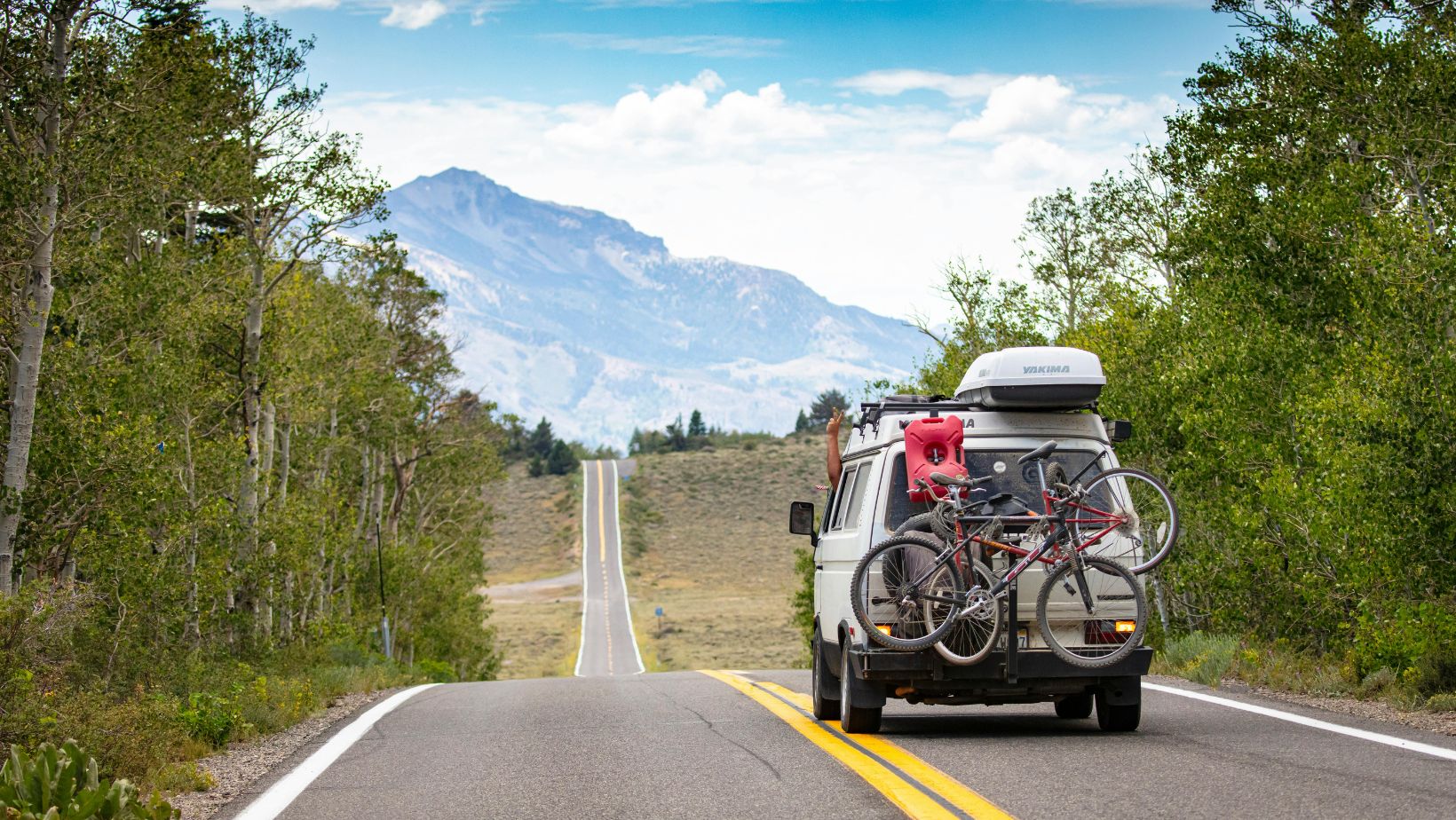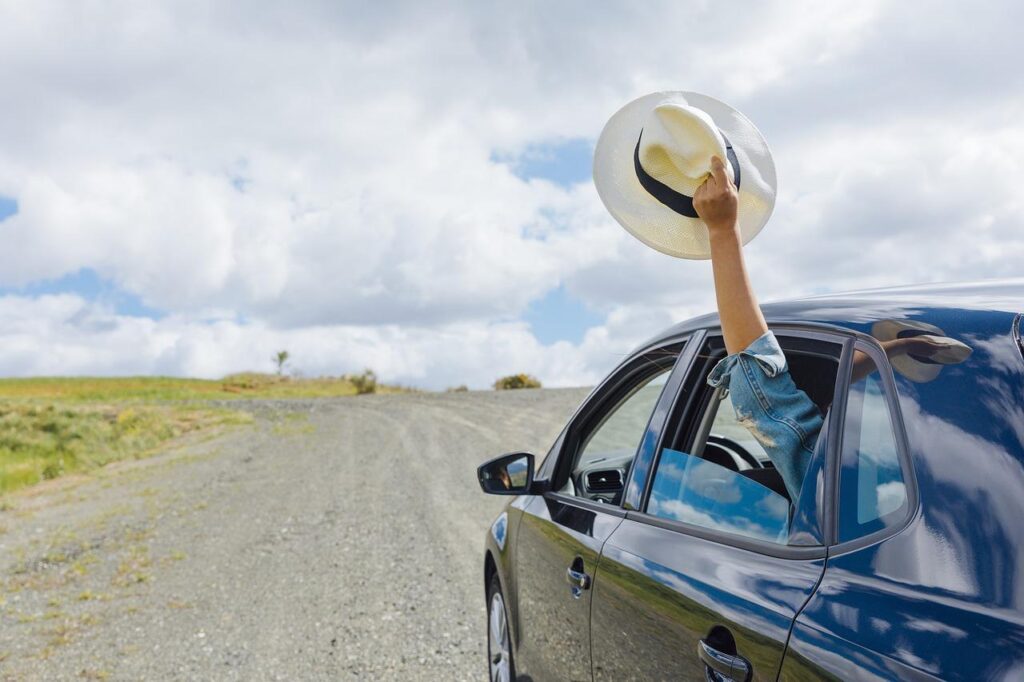With road trips surging in popularity, staying safe on highways is more important than ever. Recent surveys show over 30% of U.S. travelers plan a road trip for their next vacation. While road trips can be a fun and cost-effective way to travel, highways and interstates are dangerous roads that come with their own set of hazards and risks. This guide, written by expert truck accident lawyers, will provide tips and strategies for staying safe during your road trip adventures. With some planning and defensive driving, your highway travels can be smooth, enjoyable, and incident-free.
Research the Route in Advance
One of the best ways to prepare for safety is to research your route before departing. Map out the major highways and interstates you will take. Identify construction zones, accident prone areas, speed traps and left lane exits in advance. GPS devices and mapping apps can provide real-time traffic and hazard updates as well. Being aware of potential trouble spots will allow you to be extra vigilant or avoid them completely. For example, Interstate 5 has suffered over 240 crashes in the past decade, with 70 of them occurring along a notoriously dangerous 10-mile segment.
Watch Out for Large Trucks
Sharing the road with semi-trucks and other large commercial vehicles requires caution. According to the latest stats, there are over 13 million trucks registered in the US that share our roads and can get into accidents. Be sure to pass quickly and don’t linger in blind spots around these big rigs.

Allow plenty of following distance in case trucks need to brake suddenly. Road spray or hydroplaning can also be worse around large trucks. Avoid cutting quickly in front of them, as they require much more time to slow down.
Drive Defensively Among Other Vehicles
You will encounter all types of drivers on the highways – speed demons, slowpokes, tailgaters and more. Drive defensively and assume other motorists will make mistakes. Use good judgment when passing slow vehicles. Don’t speed up or race those driving aggressively. If you have a road rager, safely pull over and let them pass. Avoid distractions and give your full attention to driving.
Watch Speed Limits and Slow Down
Speeding is never a good idea, but highways often tempt travelers to put the pedal down. Obey posted speed limits, and reduce speed if conditions are hazardous.

Allow extra stopping distance between you and the vehicle in front. Heavy traffic, construction zones, bad weather and unfamiliar areas are all times to take it slow. Set your cruise control to avoid accidental speeding. Getting to your destination late is better than getting into an accident.
Take Regular Breaks
Driving for hours on highways can lead to drowsiness and fatigue. Stop every few hours, get out and walk around. Have a snack to refresh. Don’t try to push through to the next town if you are nodding off. Take a nap at a rest stop if needed. Drowsy driving leads to slower reaction times and impaired judgment. Split up the driving duties with other passengers as well.
Watch the Forecast
Check weather predictions along your route and avoid driving during severe weather if possible. Rain, snow, ice and high winds can be extremely hazardous on highways where speeds are higher. Strong crosswinds can push your vehicle. If you get caught in a storm, turn on your lights, reduce your speed and increase your following distance. Pull over if the conditions become too dangerous.
Avoid Highway Hypnosis
Staring at the road for long periods can lead to highway hypnosis, where you become less focused. To prevent this, use sunglasses in bright conditions and don’t travel if you are already tired. Take regular breaks. Engage in conversation with passengers. Vary your speed slightly instead of just cruising. Stay properly hydrated. Have snacks to help refresh you.
While highways provide a direct travel route, they also come with safety concerns. With some planning and smart driving, your highway road trip can be smooth sailing.



